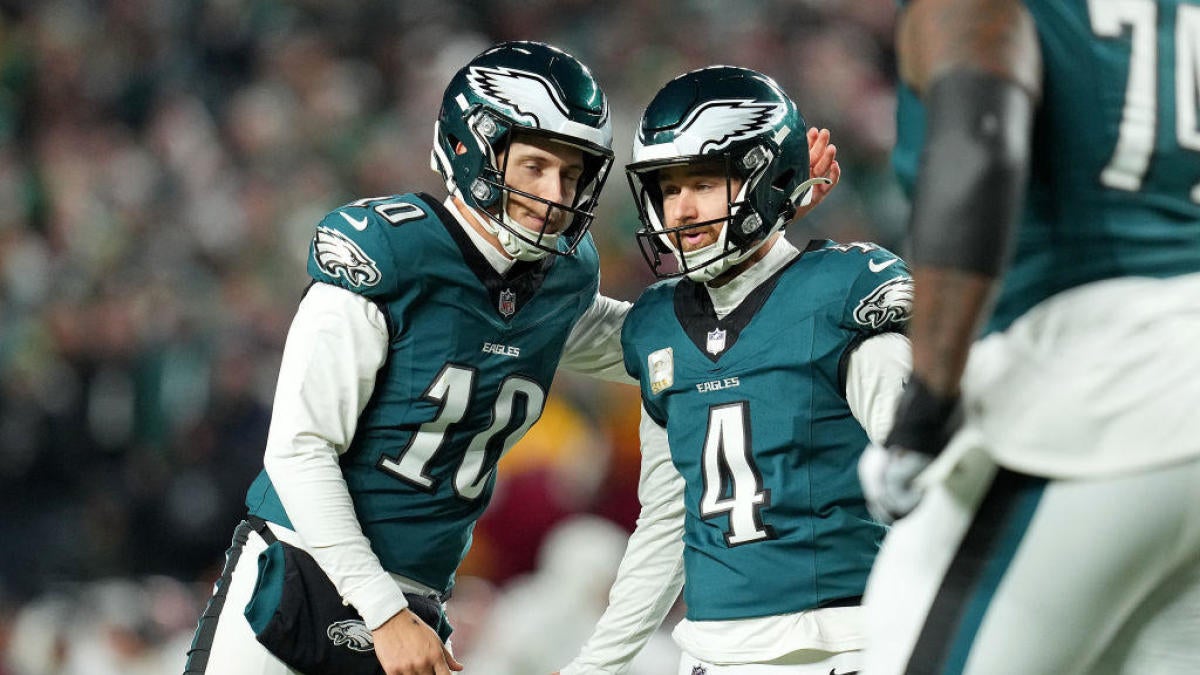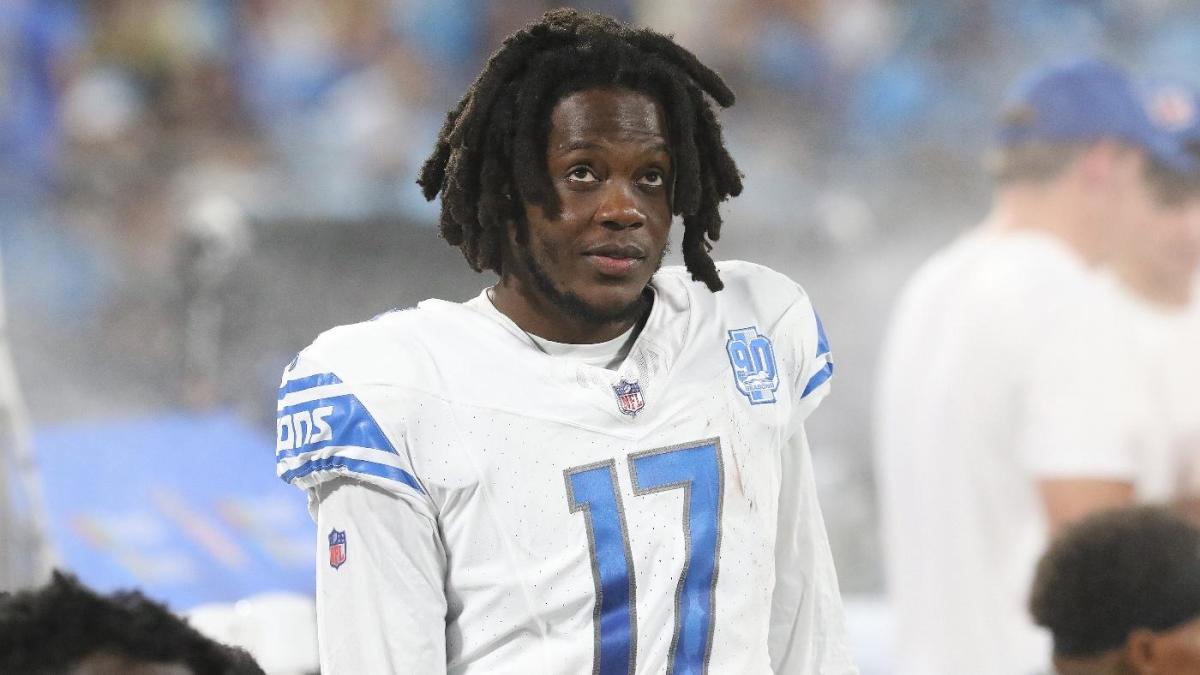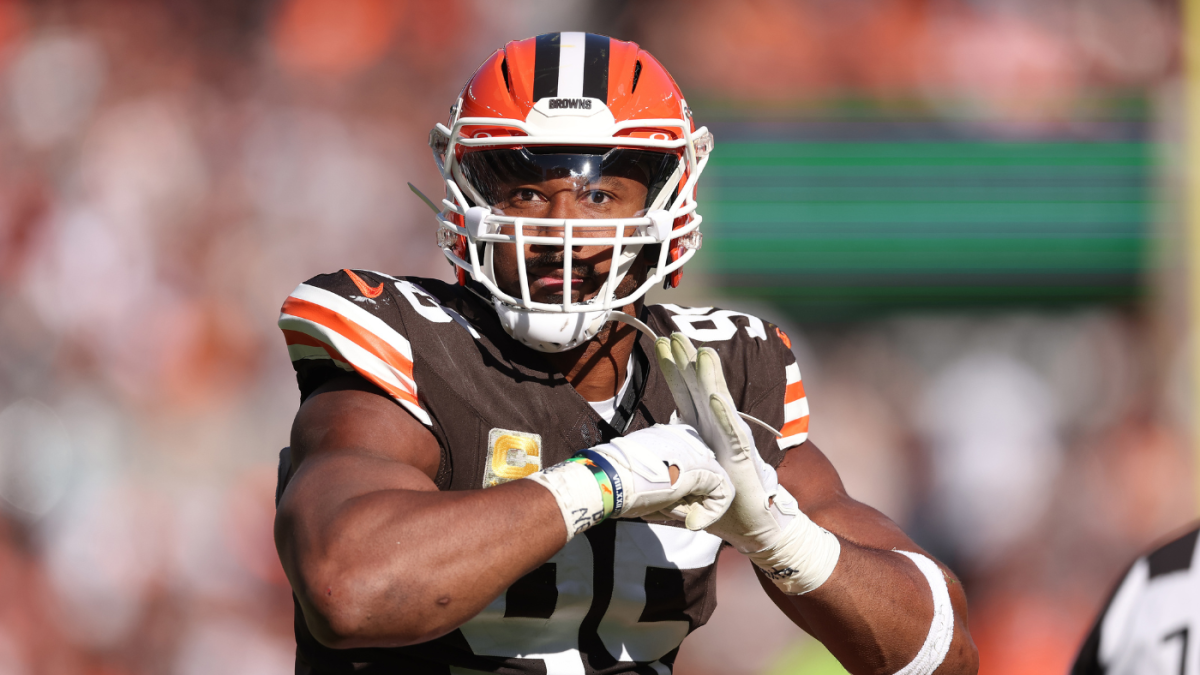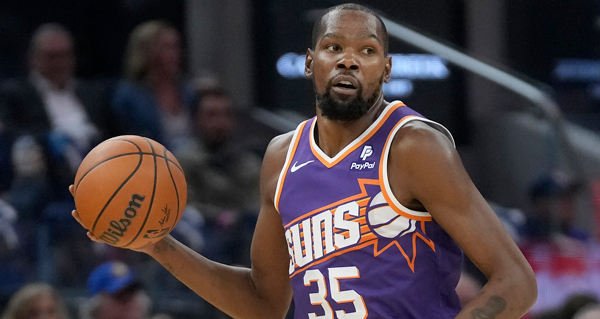Money was burning a hole in NFL owners pockets, thanks to an unprecedented $30.6 million increase in the salary cap when teams could officially begin contacting the agents of players with expiring contracts as the two-day negotiating window that’s a precursor to the start of free agency opened on Monday. As usual, the initial days of free agency were a seller’s market. The tables have turned since the first wave of free agency is over. It’s now a buyer’s market. Nearly all of the consensus best players available who were on the open market have been signed.
The NFL annual owners meeting, which is March 24-27 in Orlando, Florida, typically signifies the end of free agency for all practical purposes. Teams will devote most of their attention to the upcoming NFL Draft held April 25-27 after the meeting wraps up.
Here are a 10 contract-related thoughts and observations relating to free agency and the early part of the offseason.
It’s hard to find a player who has played the contract game better than Kirk Cousins ever since he broke new ground with the NFL’s first lucrative fully guaranteed veteran contract in 2018. Cousins signed a three-year, $84 million deal (worth a maximum of $90 million through incentives) with the Minnesota Vikings, making him the NFL’s highest-paid player at $28 million per year.
The contract also contained a no-trade clause and language preventing the Vikings from designating Cousins as a transition player. Mike McCartney, Cousins’ agent, was able to leverage these contract provisions and Minnesota’s tight salary cap situation into a couple of extensions of the original Vikings’ contract. The last extension was designed so the Vikings wouldn’t be able to put a franchise tag on Cousins when his contract expired after the 2023 season.
Cousins capitalized on finally hitting the open market again by signing a four-year, $180 million contract averaging $45 million per year with the Atlanta Falcons despite tearing his right Achilles eight weeks into the 2023 season. The deal is worth a maximum of $188 million through incentives. There are $100 million in guarantees where $90 million was fully guaranteed at signing.
2. Resurgent free-agent running back market
Last year was terrible for running backs, especially in free agency. NFL teams exercised fiscal restraint. The top deal on the open market went to Miles Sanders. He got a four-year, $25.64 million contract from the Carolina Panthers with $13 million fully guaranteed after a 2022 season with the Philadelphia Eagles in which he had career highs of 1,269 rushing yards and 11 rushing touchdowns, which were fifth and eighth in the NFL respectively.
Multiple running backs have topped Sanders’ $6.35 million per year. The Eagles poached Saquon Barkley from the New York Giants, an NFC East division rival, after he played 2023 under a $10.091 million franchise tag. Barkley signed a three-year, $37.75 million contract averaging $12,583,333 per year with $26 million fully guaranteed.
The Green Bay Packers released Aaron Jones because of Josh Jacobs, who was designated as a franchise player by the Las Vegas Raiders in 2023. Jacobs signed a four-year, $48 million deal averaging $12 million per year, like Jones did in 2021, but with better cash flow.
D’Andre Swift went to the Chicago Bears on a three-year, $24 million deal averaging $8 million per year with $15.28 million in guarantees where $14 million was fully guaranteed at signing. Derrick Henry joined the Baltimore Ravens on a two-year, $16 million contract averaging $8 million per year with $9 million fully guaranteed. Incentives make the deal worth as much as $20 million.
Tony Pollard left the Dallas Cowboys after playing under a $10.091 million franchise tag last year to replace Henry on the Tennessee Titans. Pollard received a three-year, $21.75 million deal averaging $7.25 million per year worth up to $24 million through incentives with $10.49 million fully guaranteed at signing.
As expected, the Denver Broncos released Russell Wilson before his injury guaranteed $37 million 2025 base salary became fully guaranteed on the fifth day of the 2024 league year, which is March 17. A post-June 1 designation was used so the dead money, a salary cap charge for a player no longer on a team’s roster, will be taken over the next two years instead of only this year. The acceleration of the bonus proration in future contract years is delayed until the following league year, which is 2025 in Wilson’s case, with a post-June 1 designation.
Wilson has agreed to terms with the Pittsburgh Steelers for his $1.21 million league minimum salary because the $39 million 2024 base salary from his Broncos contract was fully guaranteed with an offset when he signed his five-year, $245 million extension in August 2022. The offset allows the Broncos to reduce the guaranteed money owed to a Wilson by the amount of his new deal with the Steelers. This means Denver is still on the hook for $37.79 million of the $39 million.
The surprise is how the Broncos are choosing to allocate the $85 million of dead money over 2024 and 2025. The assumption was the Broncos would exercise an option for Wilson’s 2028 season with a required $22 million payment to drop his fully guaranteed $39 million 2024 base salary to a fully guaranteed $17 million before releasing him. Since the $22 million payment would be prorated at $4.4 million annually from 2024 through 2028, the dead money would be split into $35.4 million in 2024 and $49.6 million in 2025.
That didn’t happen. Instead, the dead money is $53 million in 2024 and $32 million in 2025 because the option was declined.
4. An inside job
Three players helped changed the interior defensive lineman pay scale. The Ravens quickly locked up franchise player Justin Madubuike by signing him to a four-year, $98 million contract to briefly become the league’s second-highest paid interior defensive lineman at $24.5 million per year. Madubuike’s deal has $75.5 million of guarantees, with $53.5 million fully guaranteed at signing.
The Chiefs made sure Chris Jones didn’t get to the open market by getting a deal done with him before the negotiating period began. Jones became the NFL’s highest-paid interior defensive lineman on a five-year, $158.75 million contract averaging $31.75 million per year with $95.3 million in guarantees where $60 million was fully guaranteed at signing.
Christian Wilkins benefitted from the Jones and Madubuike deals, and the Dolphins letting him test free agency instead of designating him as a franchise player. He became the league’s third-highest paid interior defensive lineman at $27.5 million per year when he signed with the Las Vegas Raiders. The four-year, $110 million contract has $82.75 million in guarantees, of which $57.5 million was fully guaranteed at signing.
The Carolina Panthers turned down a trade offer for edge rusher Brian Burns that should have been too good to pass up during the middle of 2022 season right after auctioning off All-Pro running back Christian McCaffrey to the San Francisco 49ers. The Rams were willing to part with two first-round picks and a second-round pick to acquire Burns.
The rejection of such significant draft compensation made getting a long-term deal done with Burns a more difficult proposition. It gave Burns ammunition to demand top edge rusher money. The contract stalemate led to Burns getting a $24.007 million linebacker franchise tag. Burns was just dealt to the New York Giants for a 2024 second-round pick and a 2025 fifth-round pick. There is also a swap of 2024 fifth-round picks. The return for Burns pales in comparison to the Rams offer.
Burns got the big payday he had been wanting from the Panthers with the trade. The Giants made him the NFL’s second-highest paid edge rusher with a five-year, $141 million contract averaging $28.2 million per year. The deal has $87.5 million in guarantees, of which of $76 million was fully guaranteed at signing.
6. It pays to be in the trenches
Offensive guards have been a big winner this offseason. Landon Dickerson reset the market with his contract extension. He received $84 million over four years with $50 million in guarantees from the Philadelphia Eagles. The maximum value of the deal is $87 million.
Robert Hunt got the top free agent contract. The Carolina Panthers signed Hunt to a five-year, $100 million deal averaging $20 million per year with $63 million in guarantees. Out of the $63 million, $44 million was fully guaranteed at signing.
Michael Onwenu, who can play both guard and tackle, remained with the New England Patriots on a three-year, $57 million contract averaging $19 million per year. The deal has $36.5 million fully guaranteed.
The Los Angeles Rams heavily committed the interior of their offensive line with two guard signings. First, Kevin Dotson returned to the Rams on a three-year, $48 million contract averaging $16 million per year with $32 million in guarantees, of which $24 million was fully guaranteed at signing. Jonah Jackson was then added in free agency. He signed a three-year, $51 million deal averaging $17 million per year with $34 million in guarantees where $24 million was fully guaranteed at signing.
7. Don’t believe the hype
Agents frequently portray contracts in a misleading manner when reporting the terms to a trusted member of the media. The idea is for the initial characterization of the deal to make enough of a splash to be used for recruiting purposes. The same attention won’t be given to the actual value of the deal being different when it’s subsequently disclosed.
One of the most egregious examples of the practice recently is with Mike Evans. The Pro Bowl wide receiver reportedly signed a two-year, $52 million contract averaging $26 million per year with $35 million guaranteed several days before becoming a free agent to remain with the Tampa Bay Buccaneers. At $26 million per year, Evans would have become the NFL’s highest-paid wide receiver behind the $26,783,333 per year Cooper Kupp received from the Rams in a 2022 contract extension. This discounts the artificially inflated $28 million per year and $30 million year values of Davante Adams and Tyreek Hill’s respective deals with the Raiders and Dolphins containing unrealistic salaries in the latter years.
Evans’ actual deal is $41 million over two years worth up to $52 million with base salary escalators and incentives. There are $35 million of guarantees where $29 million is fully guaranteed at signing. In order to earn the entire $52 million, the Buccaneers will have to win back-to-back Super Bowls because $4 million of the $11 million is tied to playoff success. If Evans can continue to be the player he has been during the first 10 years of his NFL career, he should earn $6 million to $7 million of the performance bonuses.
Evans isn’t among the NFL’s 10 highest-paid wide receivers with a deal having a base value of $20.5 million per year. It’s hard to reconcile the Evans deal with the four-year, $92 million contract averaging $23 million per year containing $50 million in guarantees ($46.98 million fully guaranteed) Calvin Ridley received from the Titans. Evans will be 31 in August. Ridley will turn 30 late in the 2024 season.
8. Prove it pay offs
Baker Mayfield took a modest one-year, $4 million deal worth up to $8.5 million through incentives from the Tampa Bay Buccaneers last March to try to resurrect his career. He never looked back after winning a training camp battle with Kyle Trask to replace a retiring Tom Brady as starting quarterback. The Buccaneers won a third consecutive NFC South title with a 9-8 record and advanced to the divisional playoffs for just the third time in 21 years with Mayfield under center, thanks to a wild-card game win over the Philadelphia Eagles before losing to the Detroit Lions.
Mayfield’s reward is a three-year, $100 million contract averaging $33,333,333 per year worth a maximum of $115 million through incentives. There are $50 million of guarantees where $40 million is fully guaranteed at signing.
Dalton Schultz was victim of bad timing. A career year in 2021 with 78 catches, 808 receiving yards and eight touchdowns led to the Dallas Cowboys designating him as franchise player in 2022. Not much of an effort was made by the Cowboys to sign Schultz to a long-term deal.
Schultz didn’t approach his 2021 production in 2022 because of being slowed by a PCL issue in his right knee that kept him out of two games. A lack of chemistry with backup quarterback Cooper Rush while Dak Prescott missed five games with a fractured right thumb didn’t help either.
The 2023 tight draft class being considered extremely strong helped lead to Schultz taking a one-year, $6.25 million deal with an additional $3 million in incentives from the Houston Texans last March. Schultz demonstrated he wasn’t just a product of the Cowboys’ offense last season. He caught 59 passes for 635 yards with five touchdowns in 2023.
Schultz set the free agent tight end market by signing a three-year, $36 million contract averaging $12 million per year to return to the Texans several days before free agency started. The deal has $23.5 million fully guaranteed at signing.
A prime candidate to follow in Mayfield and Schultz’s footsteps next year is linebacker Devin White. He had his sights set on becoming one of the NFL’s highest-paid off-ball linebackers last offseason, but the Buccaneers insisted he play under his $11.706 million fifth -ear option instead. White signed a one-year deal worth up to $7.5 million with the Philadelphia Eagles after an underwhelming 2023 season.
9. Shrinking safety salaries
High-priced safeties have been dropping like flies recently with Jamal Adams ($17.5 million per year), Quandre Diggs ($13 million per year), Eddie Jackson ($14,604,250 per year) and Justin Simmons ($15.25 million per year) each getting their walking papers. Kevin Byard, Rayshawn Jenkins and Jordan Poyer were released as well. Additionally, 35-year-old Harrison Smith took a pay cut from the $15.3 million he was scheduled to make in 2024 to $9 million so he could remain with the Minnesota Vikings. Each one of these players is at least 30 years old besides Adams, who turns 29 during the 2024 season.
The only safety to get a deal north of Diggs’ $13 million per year in free agency is 24-year-old Xavier McKinney. He received a four-year, $67 million contract averaging $16.75 million per year (worth up to $68 million through salary escalators) with $23 million fully guaranteed from the Green Bay Packers.
10. Building a bridge
The Minnesota Vikings, The New England Patriots, Las Vegas Raiders and Washington Commanders don’t have a long-term solution at quarterback. The Commanders and Patriots are expected to take a quarterback in the 2024 NFL Draft with the second and third overall picks respectively. The Vikings just acquiring the 23rd overall pick from the Houston Texans is prompting speculation that it will be packaged with the 11th overall pick so the Vikings can move up to take a quarterback.
These teams didn’t hesitate to invest in potential bridge quarterbacks. The Raiders signed Gardner Minshew to a two-year, $25 million contract averaging $12.5 million per year with $15 million fully guaranteed after he kept the Indianapolis Colts in playoff contention in 2023 once 2023 fourth overall pick Anthony Richardson was lost with an early season shoulder injury.
Sam Darnold signed a one-year, $10 million contract containing $8.75 million fully guaranteed with the Vikings. Jacoby Brissett returned to the Patriots, who drafted him in the 2016’s third round, on a one-year, $8 million deal with $6.5 million fully guaranteed that’s worth as much as $12 million through incentives. Marcus Mariota joined the Commanders on a one-year, $6 million deal worth up to $10 million through incentives.
Go to Source
Author: Joel Corry
March 15, 2024 | 3:40 pm
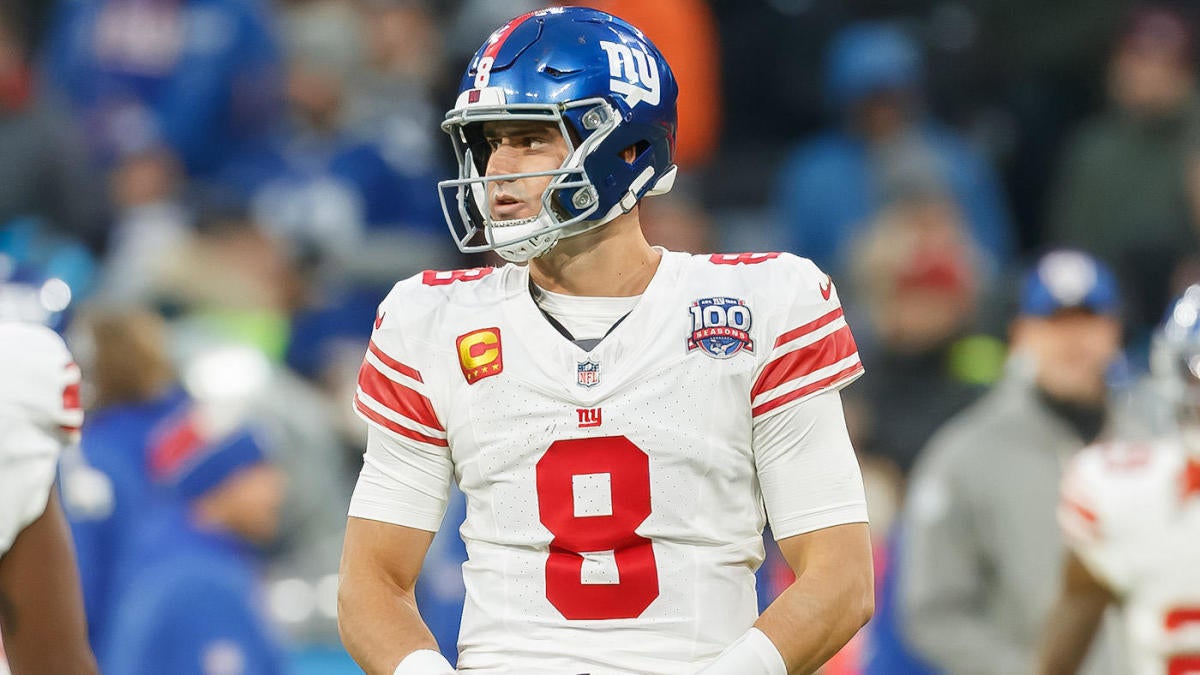
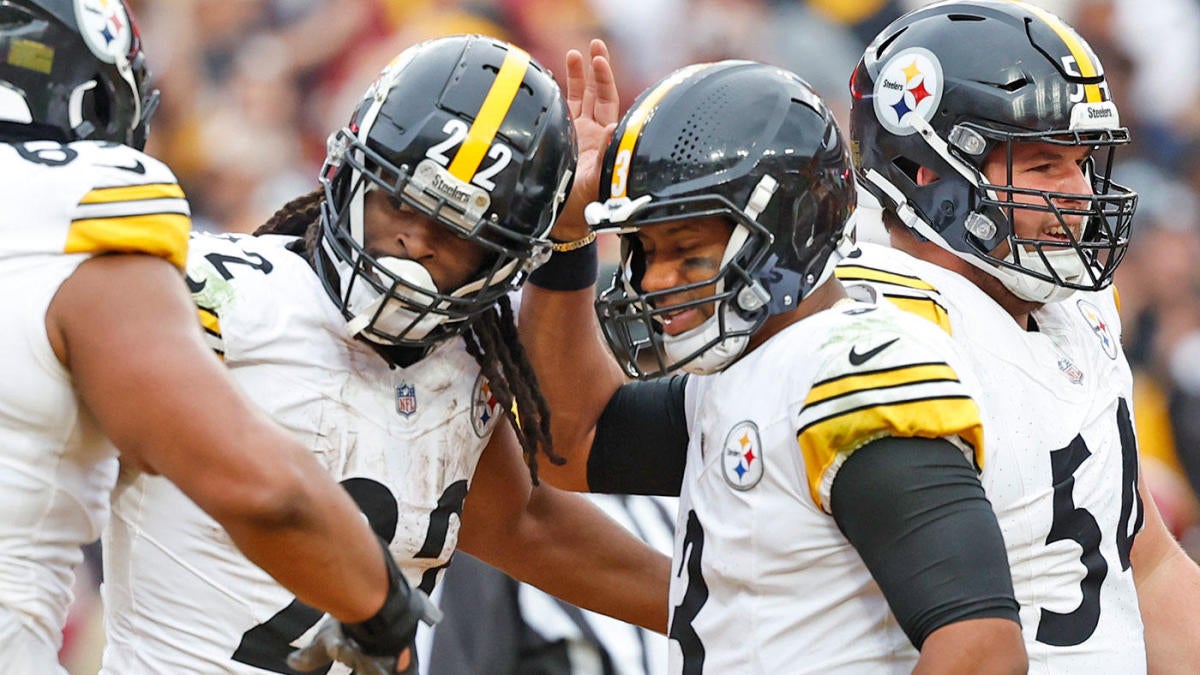

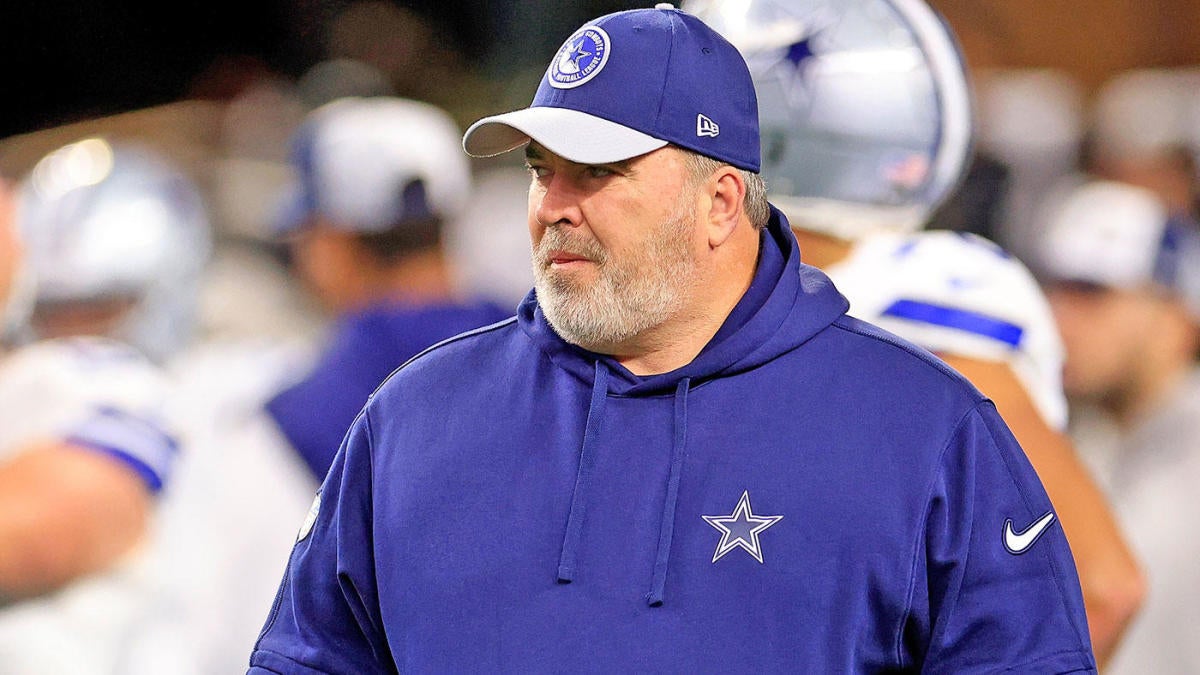
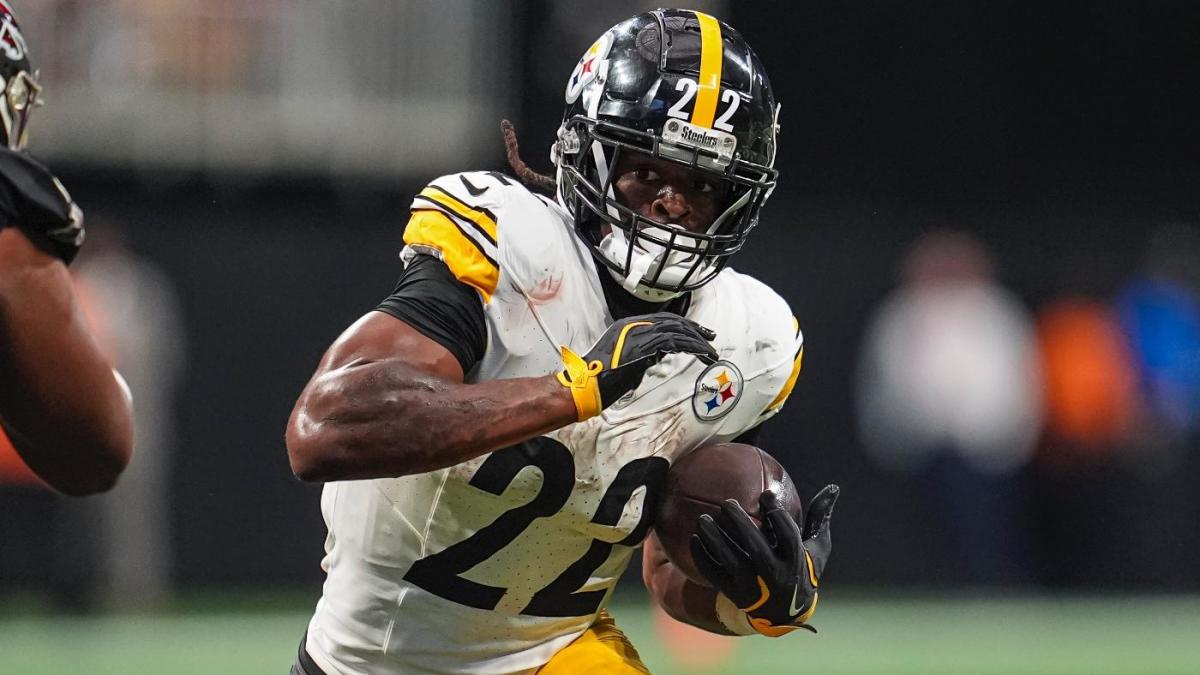
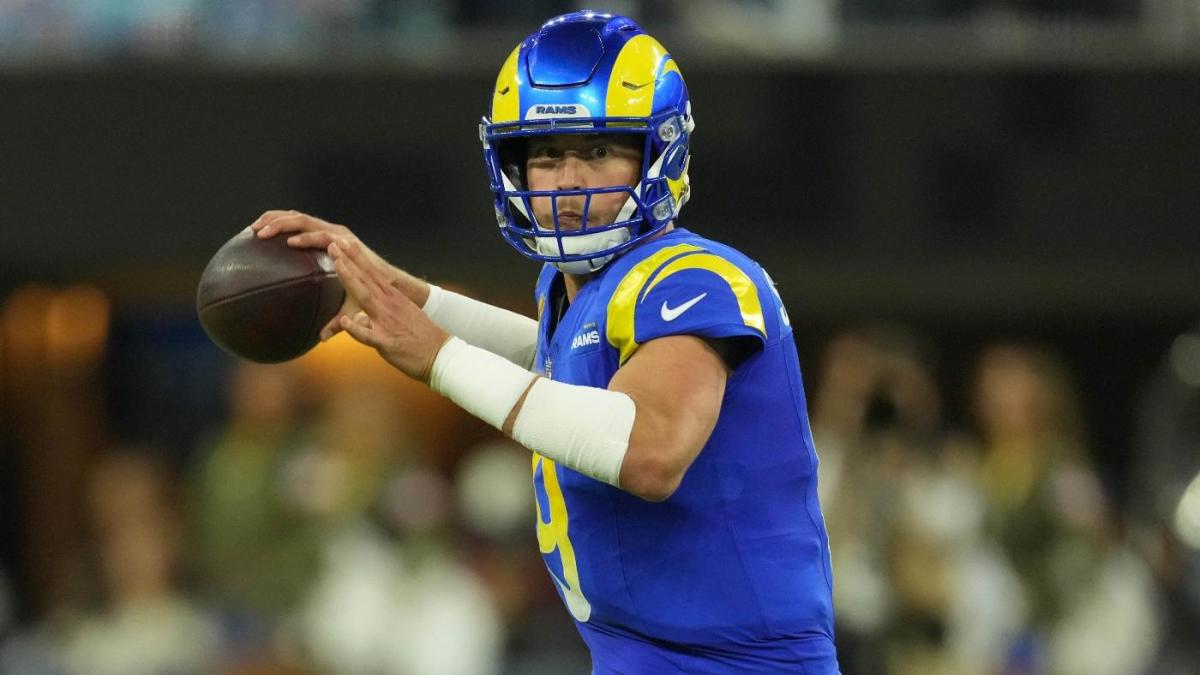
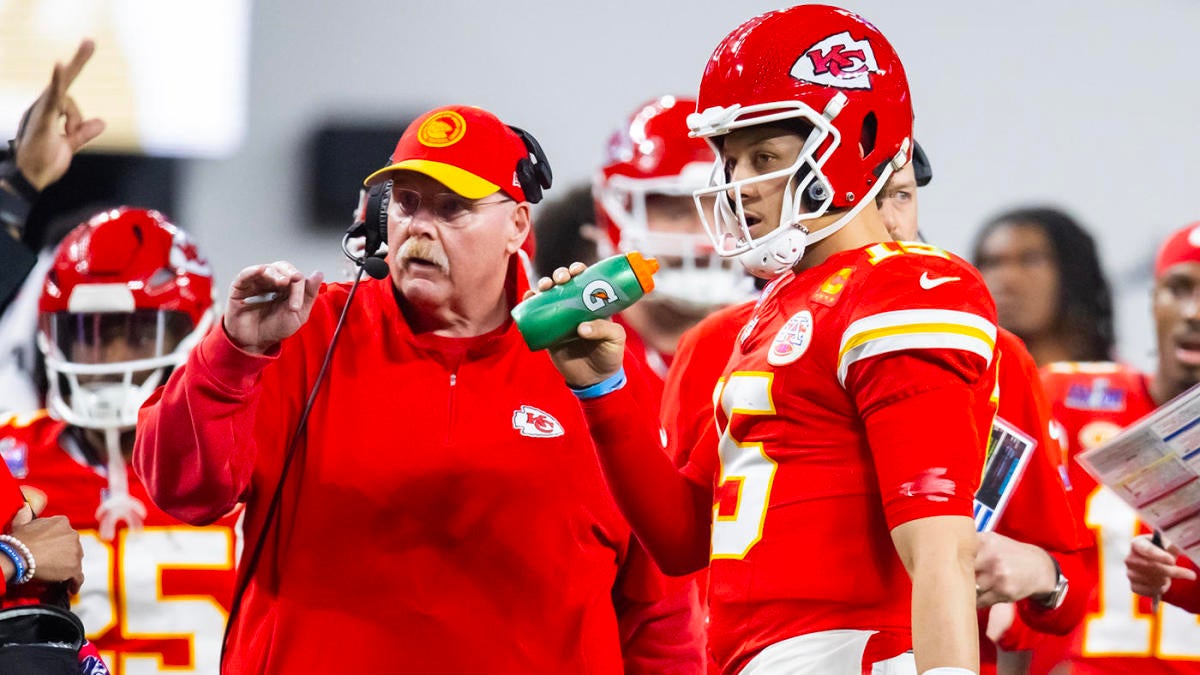
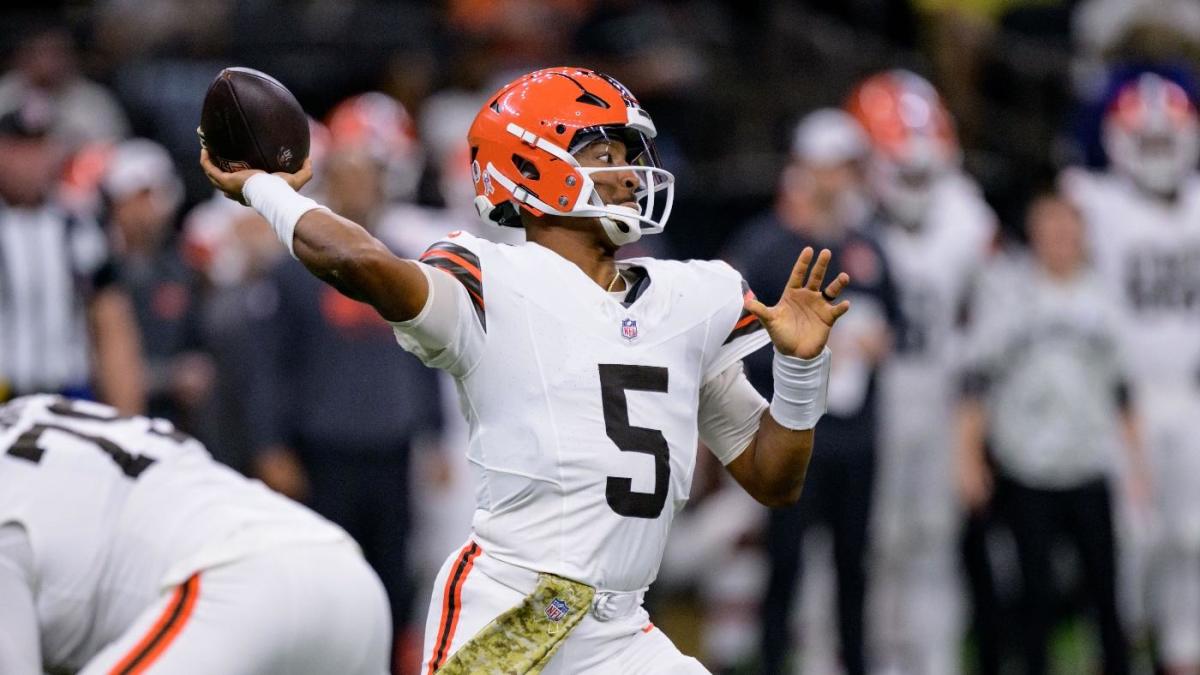
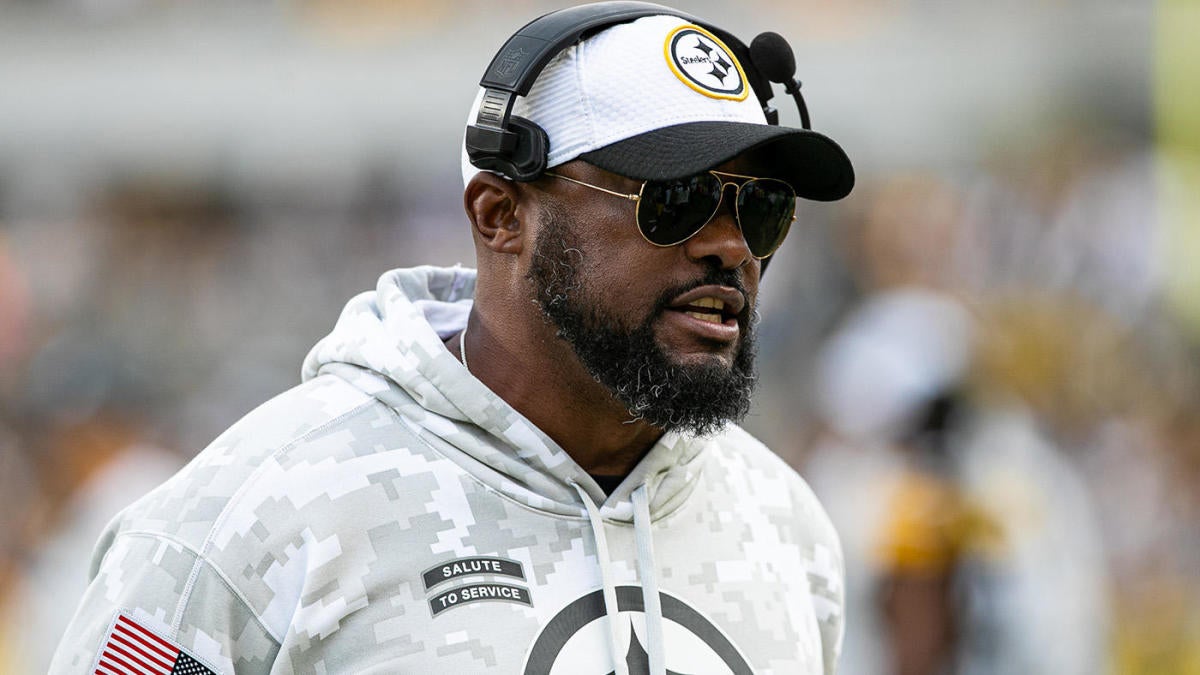
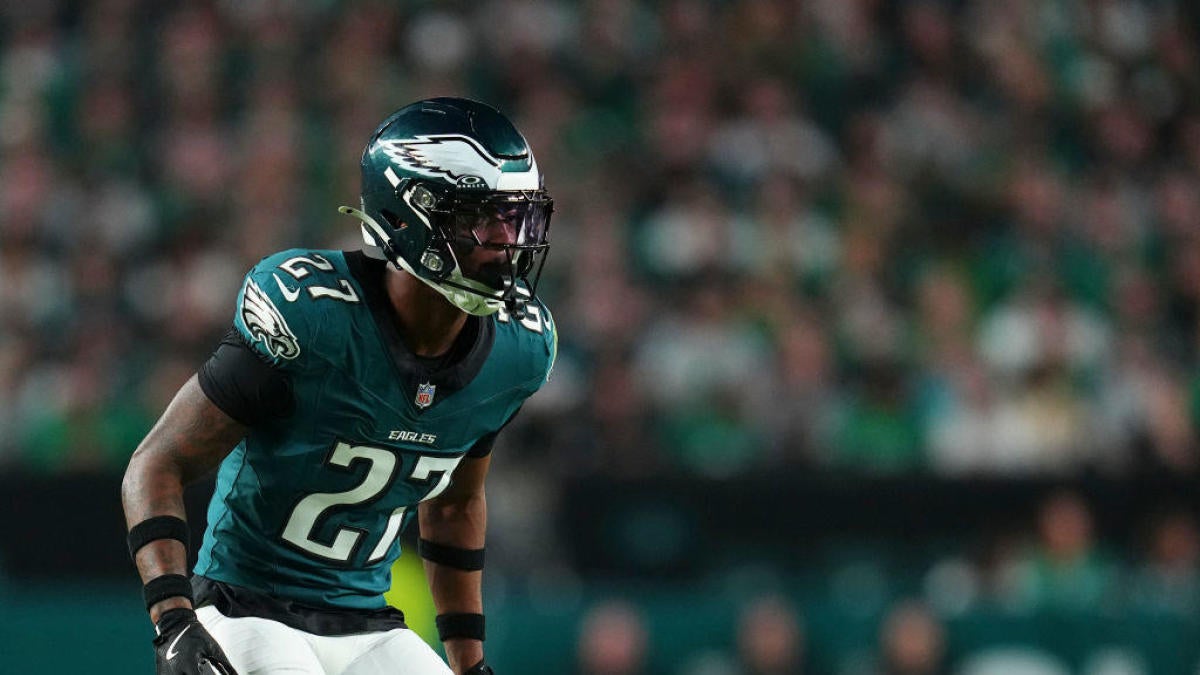
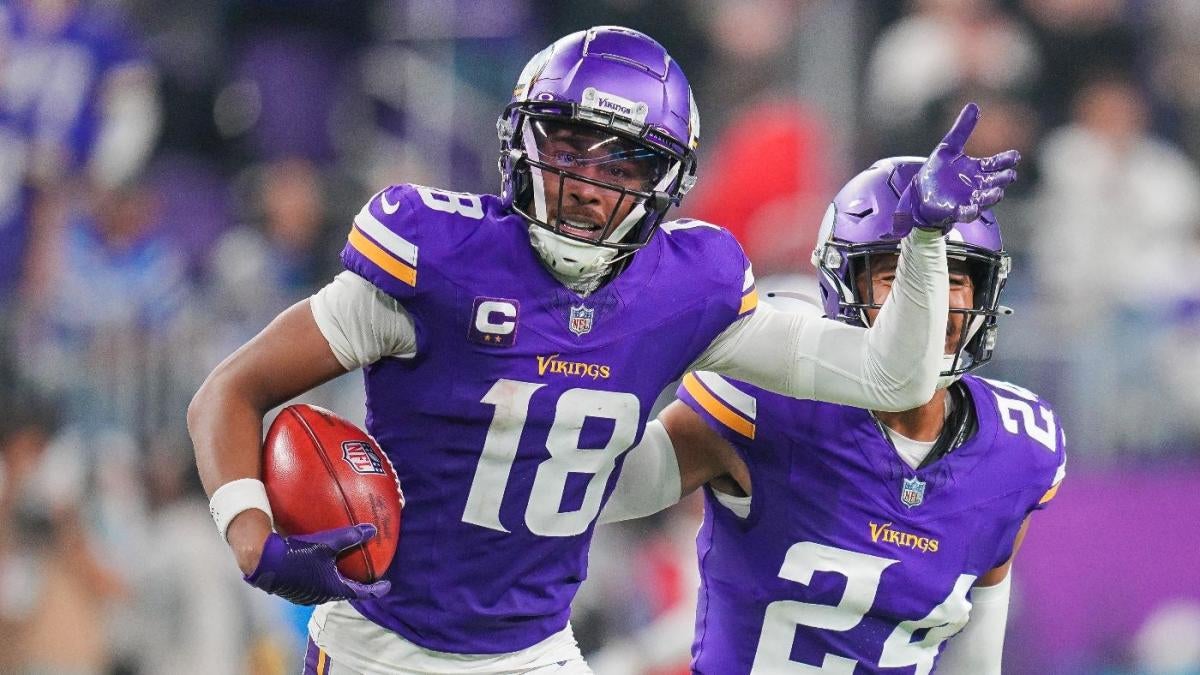

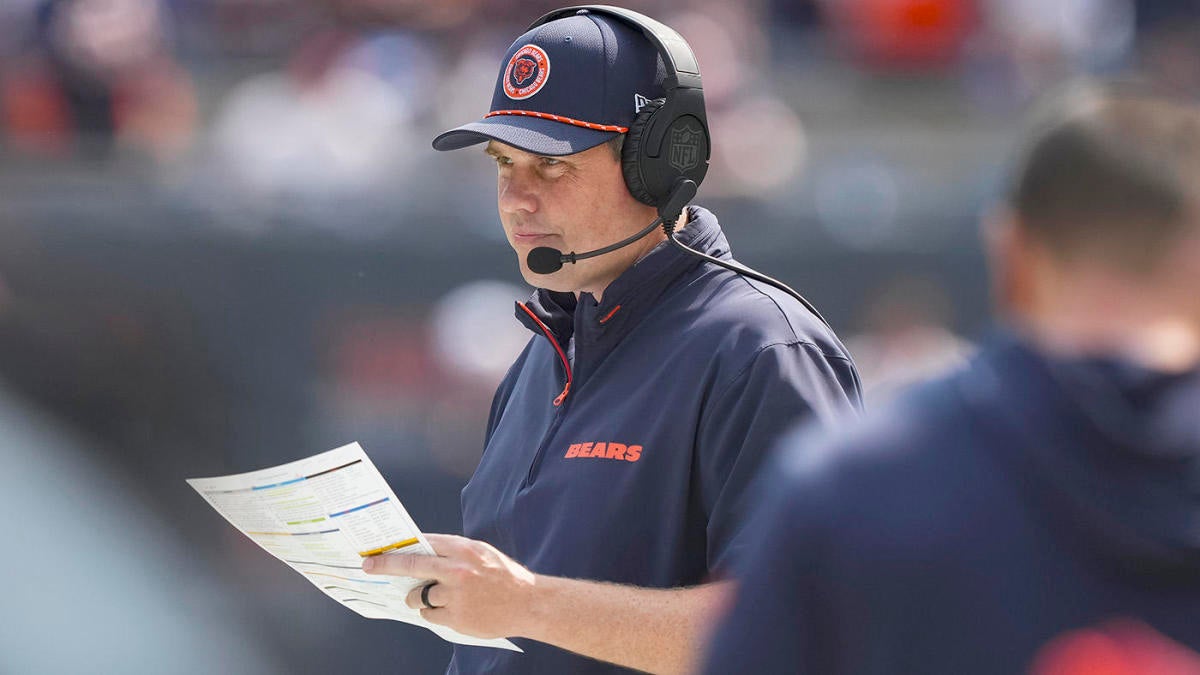


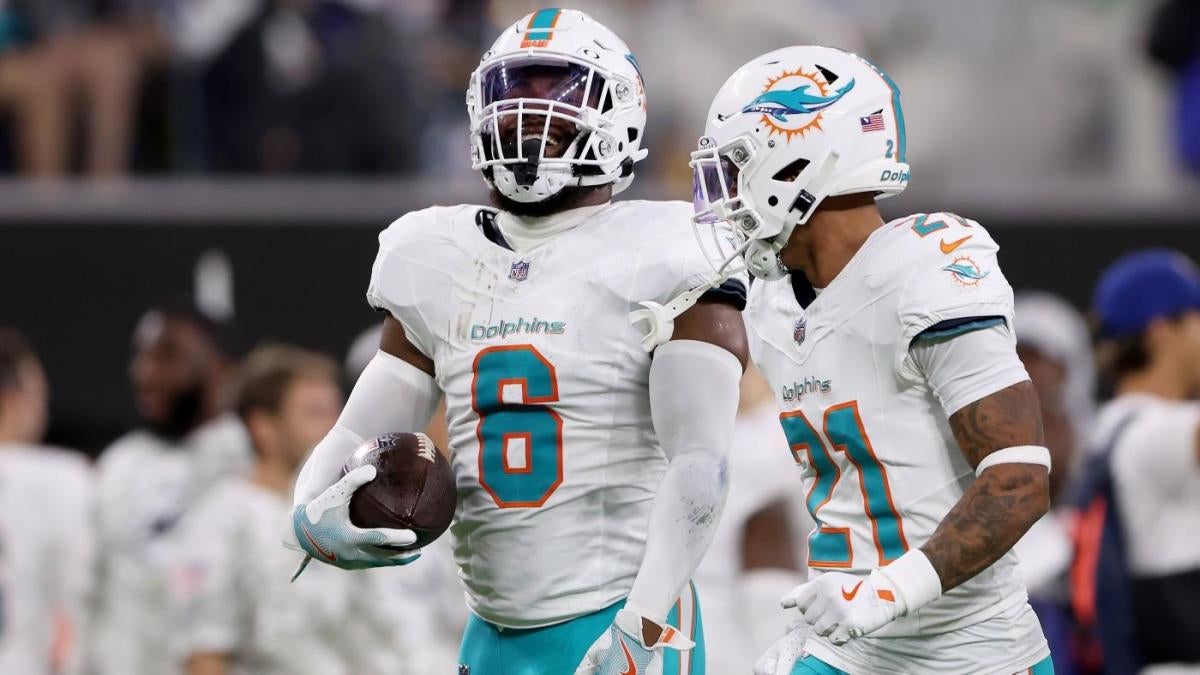
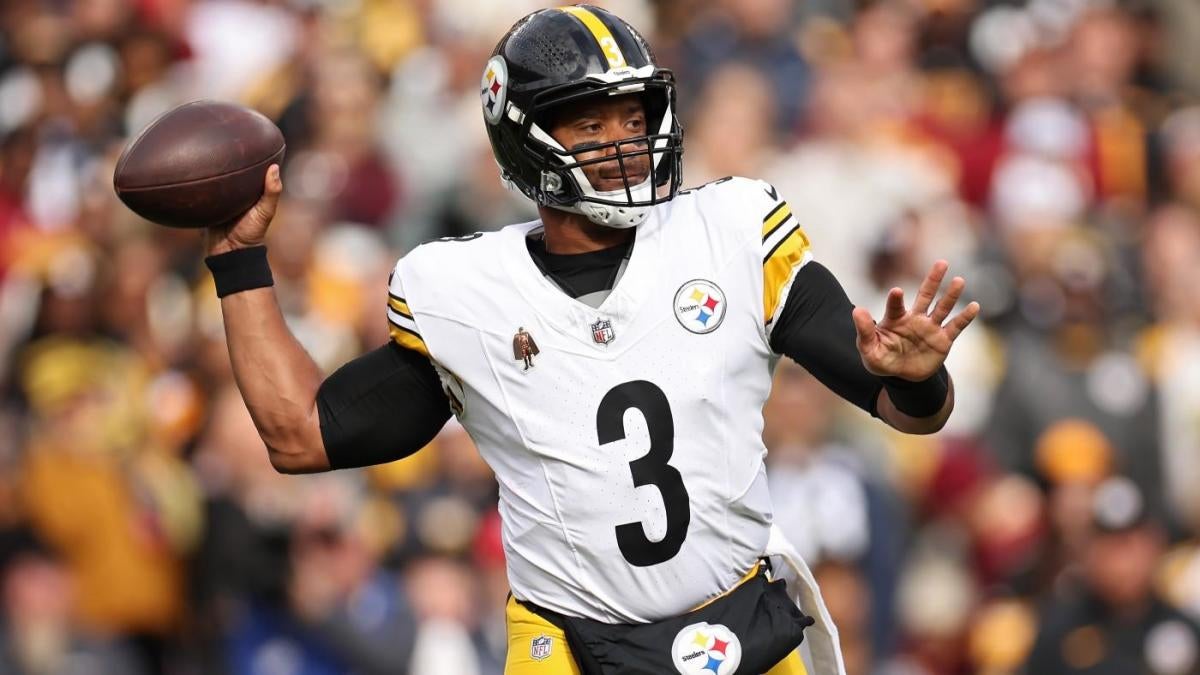

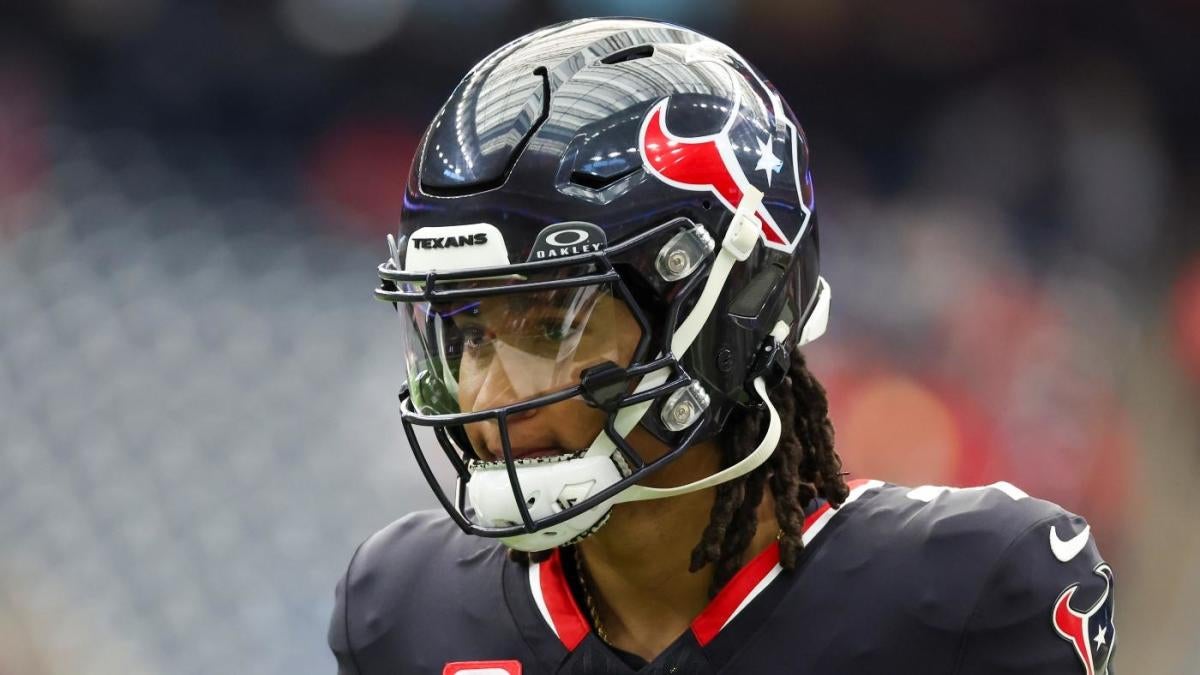




![Geno Auriemma after breaking NCAA basketball record for most wins [FULL INTERVIEW] | SC with SVP](https://i3.ytimg.com/vi/r2RTnjiXpD8/hqdefault.jpg)






